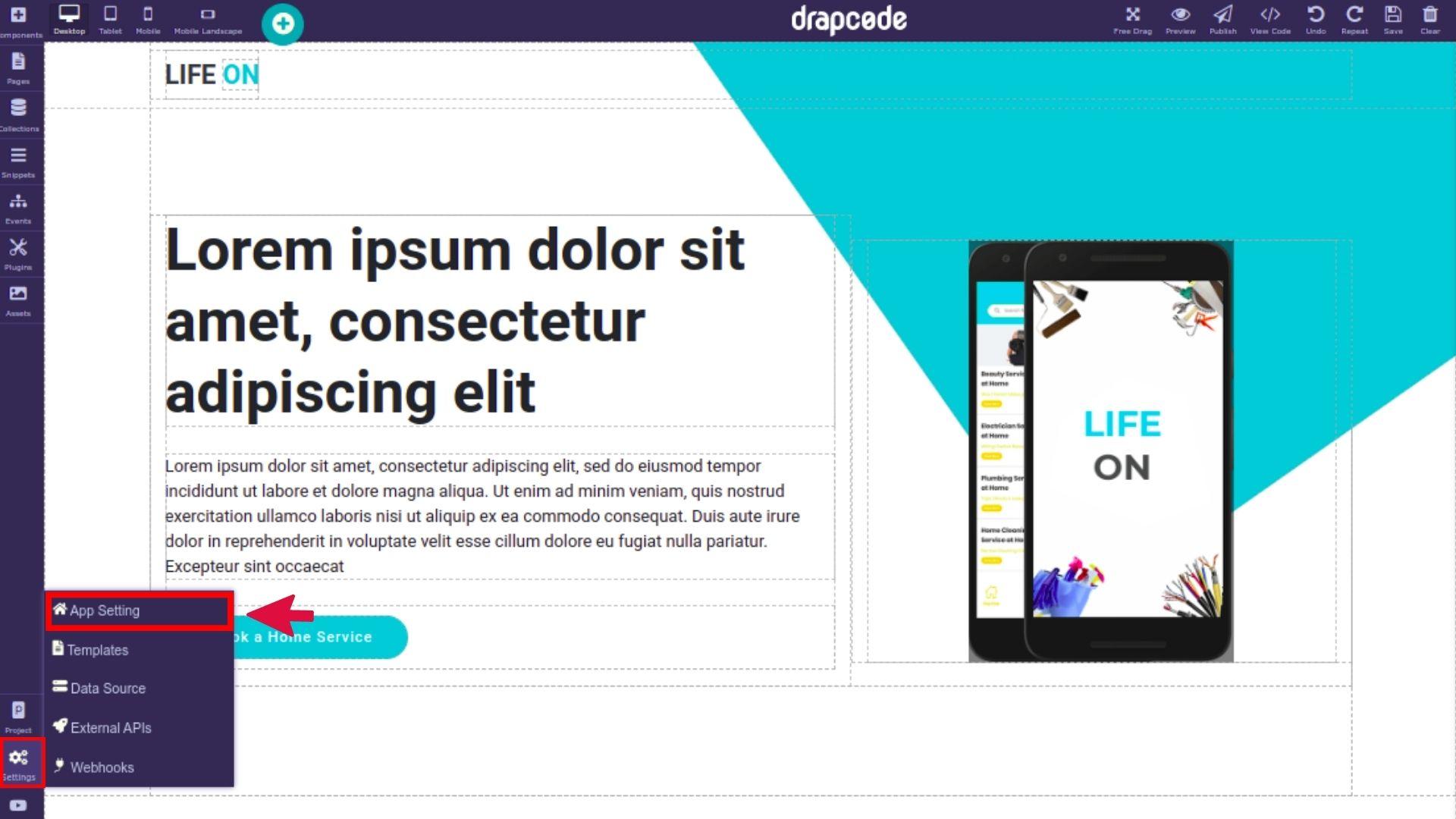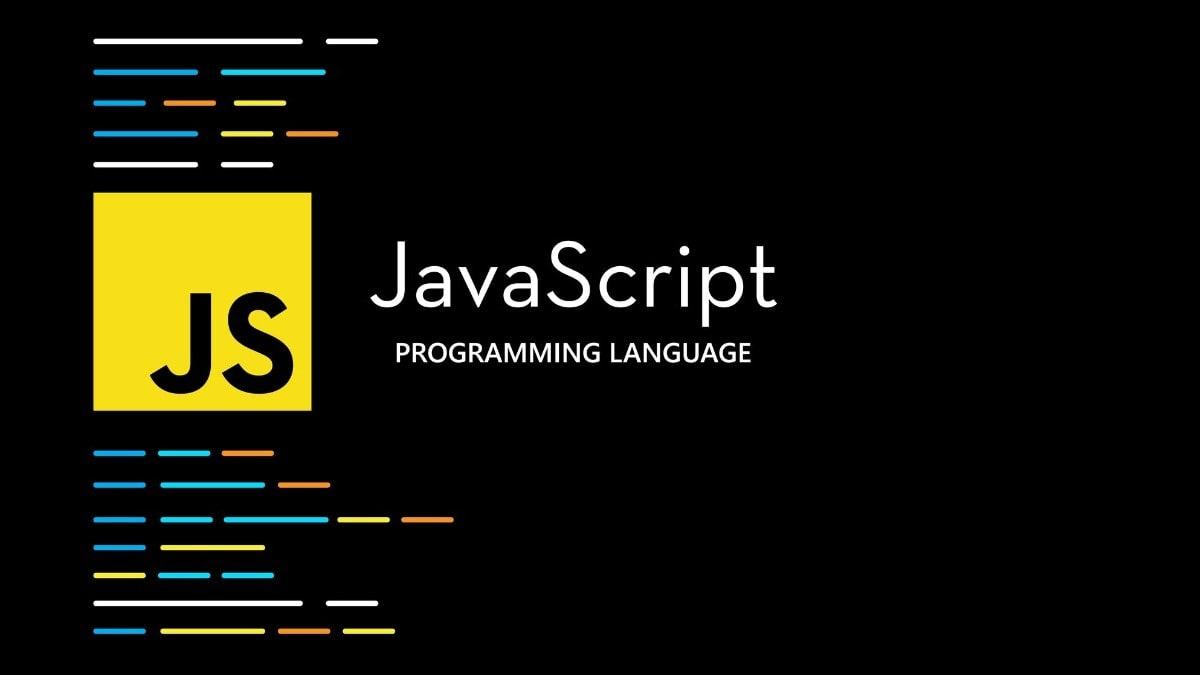Are you ready to take your WordPress site to the next level? If you’ve ever felt limited by the built-in features and functionalities, you’re not alone! Many WordPress users yearn for that extra touch of customization to really make their website shine. That’s where JavaScript comes in. Whether you’re looking to enhance user experience, add interactive elements, or simply improve site performance, adding custom JavaScript can be a game changer.
In this article, we’re diving into five easy and effective methods to incorporate custom JavaScript into your WordPress site. No coding expertise? No problem! We’ll walk you through each method with step-by-step guidance and helpful tips to ensure you feel confident along the way. By the end of this read, you’ll not only understand how to integrate JavaScript like a pro, but you’ll also be inspired to unleash your creativity and truly personalize your online presence. So, let’s get started and unlock the full potential of your WordPress site!
How Custom javascript Can Transform Your wordpress Site
In the dynamic world of web development, custom JavaScript emerges as a powerful tool that can elevate your WordPress site from ordinary to unusual. By leveraging the versatility of JavaScript, you can introduce features that enhance user experience, streamline functionality, and ultimately drive engagement. Imagine being able to manipulate content, create interactive components, or even optimize performance—all at the tip of your fingers.
One of the most captivating aspects of custom JavaScript is its ability to create interactive elements. This could be anything from a simple dropdown menu to a complex image gallery that responds to user actions. Such enhancements not only make your site visually appealing but also encourage visitors to spend more time exploring. Consider integrating features like:
- Dynamic forms that validate inputs in real-time.
- Animated transitions that guide users through content.
- Content filters that allow users to sort through data effortlessly.
Another significant benefit is the ability to optimize your site’s performance. Custom scripts can defer loading for non-essential components, improving your site’s overall speed and efficiency. When users encounter a fast-loading site, they are more likely to return and recommend your services to others.JavaScript can also be used to implement lazy loading for images, ensuring that only the content currently in view is loaded, which can substantially improve page load times.
For those looking to manage data presentation, JavaScript can facilitate the creation of dynamic tables that provide users with a more interactive experience. Consider the following table that illustrates a simple example of how data can be presented dynamically:
| Feature | Description |
|---|---|
| Real-Time Data | Updates without refreshing the page. |
| Search Functionality | Allows users to find specific data quickly. |
| Sortable Columns | Users can organize data for better analysis. |
Ultimately, the potential of custom JavaScript in transforming your WordPress site is virtually limitless. By adding tailored functionalities, you engage users more effectively, encourage longer visits, and create a site that not only meets but exceeds expectations. Dive into the world of custom scripts and unlock new possibilities for your online presence!
Understanding the Benefits of Adding Custom JavaScript
Integrating custom JavaScript into your WordPress site offers a plethora of advantages that can enhance both user experience and functionality.One of the primary benefits is the ability to create a tailored experience for your visitors. By utilizing custom scripts, you can manipulate elements on your site, ensuring that users engage with content in a way that suits their preferences. This level of personalization can lead to increased interaction and a lower bounce rate.
Moreover, custom JavaScript allows for improved performance and efficiency. For example, by employing scripts that load asynchronously, you can minimize loading times significantly. This not only contributes to a better user experience but also positively impacts your site’s SEO ranking. Search engines prioritize fast-loading websites, and by optimizing your site through custom scripts, you’re making a strategic move towards higher visibility in search results.
Another key advantage is the enhancement of interactivity on your site. With custom JavaScript, you can implement advanced features such as:
- Dynamic content updates — Content can change without a full page reload, allowing users to access data quickly.
- Interactive forms — Implementing real-time validation improves user experience and increases form submission rates.
- Animations and transitions — Adding visual appeal can captivate visitors, encouraging them to explore more of your site.
Additionally, the use of custom scripts can significantly reduce reliance on third-party plugins, which often come with their own sets of challenges, such as compatibility issues or bloat. By writing your own JavaScript, you can streamline functionality and reduce the number of external dependencies, leading to a more stable and secure website.
integrating custom JavaScript supports modern web technologies, making your site future-proof. as web development evolves, keeping your site up to date with the latest advancements is crucial. By leveraging custom scripts, you can easily adapt to new trends and technologies, ensuring your WordPress site remains competitive and relevant.
Exploring the Best Methods to Insert javascript in WordPress
When it comes to enhancing your WordPress site with custom functionality, JavaScript is an invaluable tool. There are several effective methods to insert JavaScript, each with its own advantages, depending on your specific needs and technical comfort level. Here’s a closer look at some of the best practices to consider.
Using the Theme’s Functions.php File
One of the most common methods is to add your JavaScript directly into the theme’s functions.php file. This approach allows you to enqueue scripts properly, ensuring they load at the right time. Here’s how you can do it:
function my_custom_scripts() {
wp_enqueue_script('my-script', get_template_directory_uri() . '/js/my-script.js', array('jquery'), null, true);
}
add_action('wp_enqueue_scripts', 'my_custom_scripts');By using wp_enqueue_script, you prevent potential conflicts and ensure that your scripts are loaded only when needed.
Utilizing a Plugin
If you’re not cozy editing theme files, plugins offer a user-pleasant option. Plugins such as Insert Headers and Footers or WPCode allow you to easily add JavaScript to your site without diving into the code. Simply install the plugin, navigate to the settings, and paste your JavaScript in the designated area.
Embedding in Posts or Pages
For those who want to add JavaScript to specific posts or pages, the WordPress block editor allows you to insert custom HTML blocks. Here’s how you can do it:
- Open the post or page where you want to add JavaScript.
- Add a “Custom HTML” block.
- Paste your JavaScript code directly into the block.
This method is great for targeted functionality,such as adding forms or interactive elements that only appear on certain pages.
Using Customizer for Inline Scripts
The WordPress Customizer also provides an option to add custom JavaScript inline. Navigate to Appearance > Customize > Additional CSS, and you can include small snippets of JavaScript directly within a
Remember, using the Customizer for quick tweaks should be limited to simple scripts. For more complex functionalities,consider using dedicated plugins or child themes to keep your site organized and maintainable. The Customizer is a great way to experiment and see immediate results without the risk of permanently affecting your site’s core files.

Integrating JavaScript Through a Child Theme for Advanced Users
For advanced users looking to customize their WordPress experience, integrating JavaScript through a child theme offers a seamless approach to enhance functionality without jeopardizing the integrity of the parent theme.By creating a child theme,you ensure that any changes you make,including JavaScript modifications,remain intact even after updates to the parent theme. Here’s how you can do it effectively.
To get started, you first need to create a child theme directory within the wp-content/themes folder.Inside this new folder, make sure to include two essential files: style.css and functions.php. The style.css file should contain a header comment that defines your child theme:
/*
Theme Name: Your Child Theme Name
Template: parent-theme-folder-name
Version: 1.0
*/
With the child theme set up, you can add your JavaScript. Using the functions.php file, enqueue your custom script like so:
function my_custom_scripts() {
wp_enqueue_script('my-script', get_stylesheet_directory_uri() . '/js/custom-script.js', array('jquery'), null, true);
}
add_action('wp_enqueue_scripts', 'my_custom_scripts');
In the above code, make sure to create a js folder in your child theme directory where you’ll place your custom-script.js file. this method allows you to manage your scripts efficiently while ensuring they load after any dependencies like jQuery.
When working with JavaScript in your child theme, consider these best practices:
- Minimize load times: Use asynchronous loading for scripts when possible.
- Maintain clean code: Regularly review and refactor your JavaScript files to keep them efficient.
- Test rigorously: Always check for conflicts with plugins or othre scripts in your theme.
with your JavaScript successfully integrated, you can now proceed to customize how elements on your site behave. Whether you’re adding interactive features, enhancing forms, or creating dynamic content, leveraging a child theme for your JavaScript needs will streamline your workflow and provide a robust solution for ongoing development.
Leveraging Plugins for Hassle-Free JavaScript Management
Here are some of the benefits of using plugins for JavaScript management:
- Ease of Use: Most plugins come with intuitive interfaces, making it easy for anyone, nonetheless of technical skill, to manage JavaScript.
- Code association: Plugins help keep your JS organized, allowing for easier updates and debugging.
- Performance Optimization: Many plugins come equipped with features to ensure your scripts load efficiently, improving site speed.
- Compatibility Checks: Certain plugins perform compatibility checks to ensure the scripts won’t conflict with your theme or other plugins.
When selecting a plugin, consider the following features:
| Feature | Description |
|---|---|
| Custom Code Areas | Ability to add JS to specific sections like header, footer, or individual pages. |
| Script Management | Enable,disable,or reorder scripts with drag-and-drop functionality. |
| Version Control | Keep track of changes and revert if necessary. |
Plugins such as insert Headers and Footers, WPCode, and Simple Custom CSS and JS offer robust features that cater to various needs. Whether you want to add tracking scripts, optimize for SEO, or enhance user experience, these tools provide a straightforward way to accomplish your goals. Just ensure you choose a highly-rated plugin with regular updates to maintain compatibility with the latest WordPress version.
utilizing plugins for JavaScript management not only streamlines the process but also opens up a world of possibilities for customizing your site. By embracing these tools, you can focus on what truly matters—creating engaging content for your audience—while leaving the technicalities in capable hands.

Adding JavaScript directly to Theme Files: What You Need to Know
When it comes to enhancing your WordPress site with custom javascript, one effective method is adding the code directly to your theme files. This approach can give you immediate results and allows for a high degree of customization. However, it's essential to proceed with caution as improperly added JavaScript can lead to conflicts or site issues.
First and foremost, always back up your site before making any changes to your theme files. This ensures that you can easily revert back to a previous version if something goes wrong. You can use plugins like updraftplus or BackWPup for this purpose, ensuring your data is safe.
Next, identify the correct file where your JavaScript should be placed.Generally, header.php or footer.php are the go-to files. Here’s a quick guide:
| File | Purpose |
|---|---|
header.php | Used for scripts that need to load early (e.g., analytics tracking). |
footer.php | Best for scripts that can wait until the rest of the page loads (e.g., custom UI scripts). |
Once you've chosen the appropriate file, you can add your JavaScript code. Such as, to insert a simple script that shows an alert when the page loads, you might use:
Be cautious with your code placement. placing it incorrectly can disrupt existing scripts or the overall functionality of your site. For best practices, consider wrapping your scripts in

